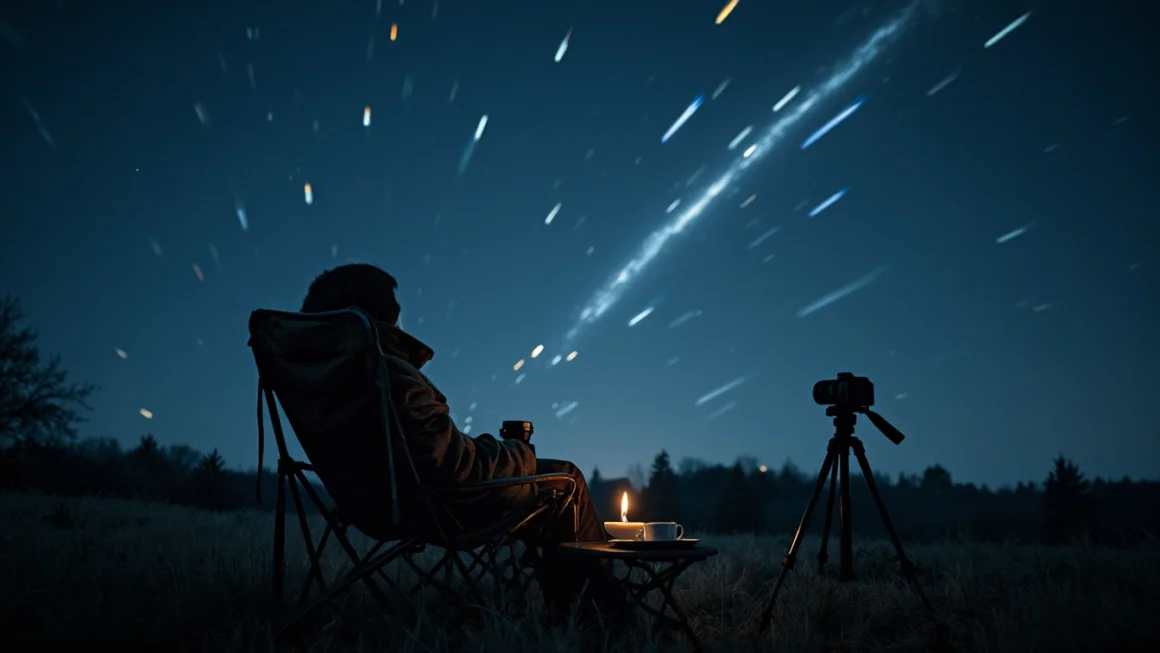Spectacular Celestial Show: The Geminid Meteor Shower
Table of Contents
Stargazers and astronomy enthusiasts, get ready for one of the most brilliant celestial displays of the year! The Geminid meteor shower is set to illuminate the night sky, offering a mesmerizing spectacle for those willing to brave the winter chill.
What Makes the Geminids Special?
The Geminid meteor shower is renowned for its reliability and intensity. Unlike most meteor showers that originate from comets, the Geminids are debris from an asteroid named 3200 Phaethon. This unique origin contributes to the shower’s consistency and brightness.
Key features of the Geminids include:
- Up to 120 meteors per hour at its peak
- Multicolored streaks (often white, yellow, and blue)
- Slower-moving meteors, making them easier to spot
When and Where to Watch
The Geminid meteor shower reaches its peak on the night of December 13-14. However, impressive displays can be observed for several nights before and after the peak. To maximize your viewing experience:
- Find a dark location away from city lights
- Allow your eyes to adjust to the darkness for about 30 minutes
- Look towards the constellation Gemini, the radiant point of the shower
- Be patient and prepared to spend at least an hour observing
Tips for the Best Viewing Experience
To make the most of this celestial event:
- Check the weather forecast and choose a clear night
- Dress warmly and bring blankets or a reclining chair for comfort
- Avoid using your phone or any bright lights to maintain night vision
- Consider using a red light flashlight to preserve night vision
- Bring hot beverages to stay warm during the extended viewing period
The Science Behind the Shower
The Geminid meteor shower occurs when Earth passes through the debris trail left by asteroid 3200 Phaethon. As these small particles enter our atmosphere at high speeds, they burn up, creating the streaks of light we see as meteors.
Interestingly, scientists are still debating whether 3200 Phaethon is a “dead comet” or a new type of object called a “rock comet.” This ongoing research adds an extra layer of intrigue to the Geminids.
Photographing the Meteor Shower
For photography enthusiasts, the Geminids present an excellent opportunity to capture stunning images. Here are some tips:
- Use a camera with manual settings and a wide-angle lens
- Set up a tripod for stability
- Use a long exposure (15-30 seconds) and a high ISO
- Focus manually on a bright star or distant light
- Take multiple exposures to increase your chances of capturing meteors
The Cultural Significance of Meteor Showers
Throughout history, meteor showers have captivated human imagination and featured prominently in various cultures’ mythologies and folklore. The Geminids, being a relatively recent discovery (first observed in 1862), have quickly become a favorite among both amateur and professional astronomers.
In our modern world, events like the Geminid meteor shower offer a rare opportunity to connect with the cosmos and appreciate the wonders of our universe. It’s a moment to pause, look up, and marvel at the natural spectacle unfolding above us.
Embracing Technology in Stargazing
While traditional stargazing relies on the naked eye, modern technology can enhance the experience. Automation tools can help astronomy enthusiasts track celestial events, set reminders for peak viewing times, and even control telescope movements for optimal viewing. These advancements make it easier than ever to engage with and appreciate celestial phenomena like the Geminid meteor shower.
Conclusion: A Not-to-Miss Celestial Event
The Geminid meteor shower is more than just a visual treat; it’s a reminder of the vast and dynamic universe we inhabit. Whether you’re an experienced astronomer or a casual stargazer, this event offers a moment of wonder and connection with the cosmos.
So mark your calendars, prepare your viewing spot, and get ready to witness one of nature’s most spectacular light shows. The Geminids are coming, and they promise to be a dazzling display that will leave you in awe of the night sky’s beauty.




